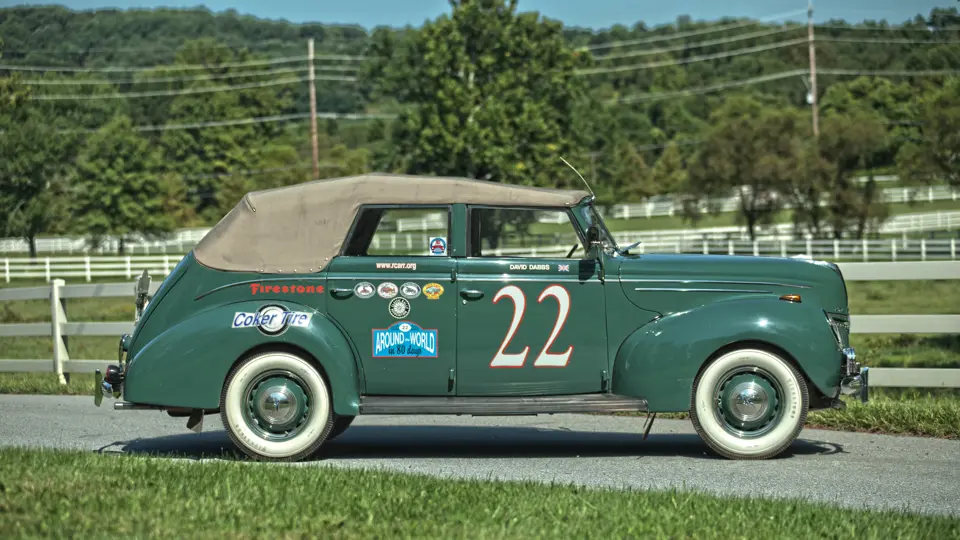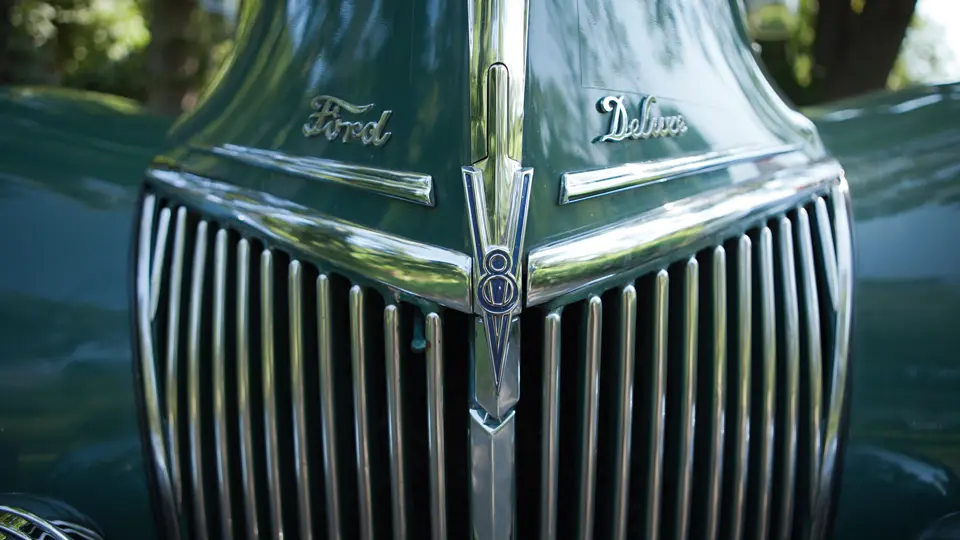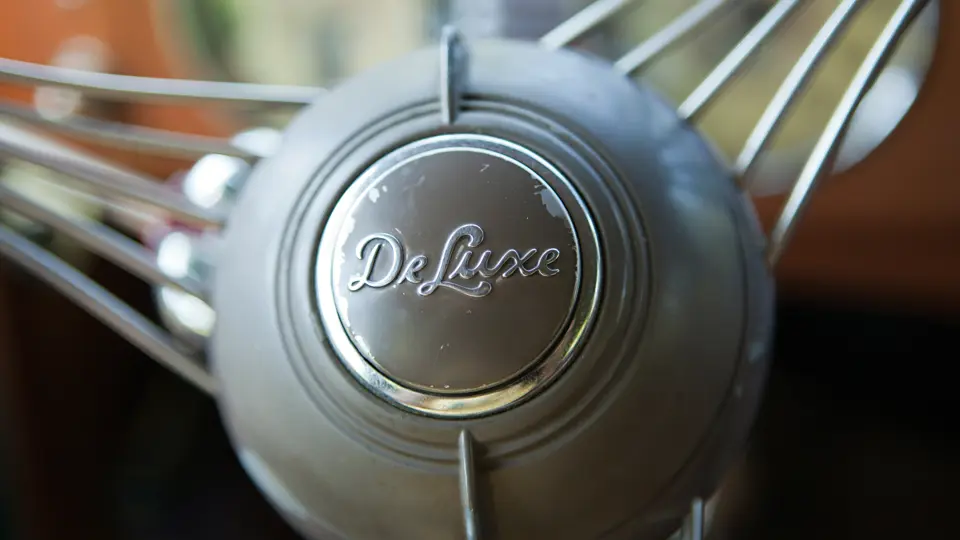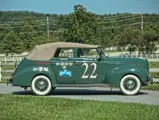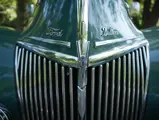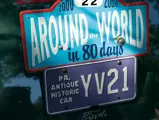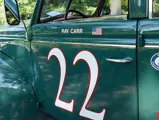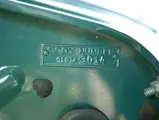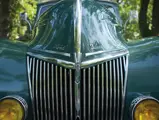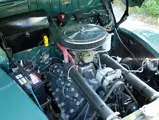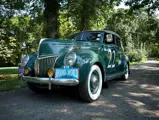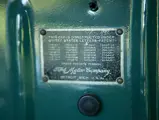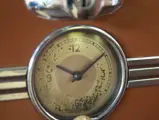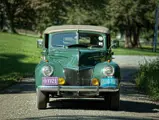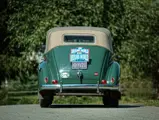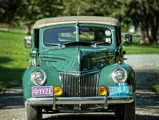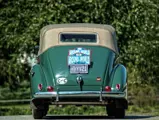Model 91A. 85 hp, 221 cu. in. flathead V-8 engine, three-speed manual transmission, ¾ floating rear axle, and Lockheed four-wheel hydraulic brakes. Wheelbase: 112 in.
• Offered from the collection of Raymond H. Carr; ex-William Harrah
• Competitor in the 1997 Peking to Paris Rally
• 80 Days Around the World Rally in 2000
Big news for Ford in 1939 was the introduction of the new medium-priced Mercury line. With the addition of four Mercury models, the company boasted a lineup that catered to almost every need: Ford, DeLuxe Ford, Mercury, Lincoln-Zephyr, and Lincoln. The distinction between Ford and DeLuxe Ford might seem insignificant, but in 1939, the $100 price difference was a substantial sum. Ford reached two milestones in 1939: its 6-millionth V-8 and its 27-millionth vehicle, good enough for second place in sales behind rival Chevrolet.
Considered by many to be one of the most stylish Fords of all-time, the 1939 Ford owed its good looks to designer Eugene T. “Bob” Gregorie, most famous for penning the original Lincoln Zephyr, and the keen aesthetic sense of Edsel Ford. Teardrop headlights, a vertical bar grille, and body-side trim strips added to the car’s great looks. Powered by the ubiquitous 85 horsepower flathead Ford V-8, the car later became a favorite of hot rodders. Engines were treated to new downdraft carburetors, giving the car increased torque while the horsepower remained the same. An “alligator” hood finally did away with separate side panels making engine access and servicing easier. All Ford products adopted hydraulic brakes for 1939.
Mr. Carr purchased this convertible sedan from the Harrah Collection on June 27, 1986. For eleven years, Carr did little with it, driving it occasionally. All that changed when he decided to enter the 1997 Peking to Paris Motor Challenge, celebrating the 90th anniversary of the original raid. It was restored in Mr. Carr’s own shop in 1997 prior to participating in the rally. The green Ford made the 10,241-mile trek without so much as a flat tire, the only vehicle among the 96 entered in the rally to do so. It rolled into Paris with an engine noise that proved to be a failed piston rod bearing. “We made it all the way without breaking down, but only just,” Carr said.
Carr’s friend Bob Moon updated the car with a new engine and transmission in 1999, prior to taking it on the world rally in 2000. Beginning May 1 of that year, Carr set out from London’s Tower Bridge for an 80-day trip around the world. At 75½ years of age, he was the oldest driver in the longest auto rally ever and the first to rally the globe. Traveling 17,938 mile across 17 countries and four continents, Carr completed the rally right on schedule, crossing the Tower Bridge on the 18th of July, 2000—having driven every mile himself! Carr describes the Ford as a very dependable automobile, the only car that did not need any mechanical assistance in the Peking to Paris trip; a feat it repeated again during the trip around the world in 2000.
Both trips were chronicled – the first in a book written by Mr. Carr’s daughter-in-law, Patricia A. Carr, entitled Ray Carr’s Postcards Peking to Paris and the second trip in Ray Carr’s Drive Around the World in 80 Days. In all, it is a remarkable automobile with a remarkable story, waiting for the next owner to continue his or her own legacy.


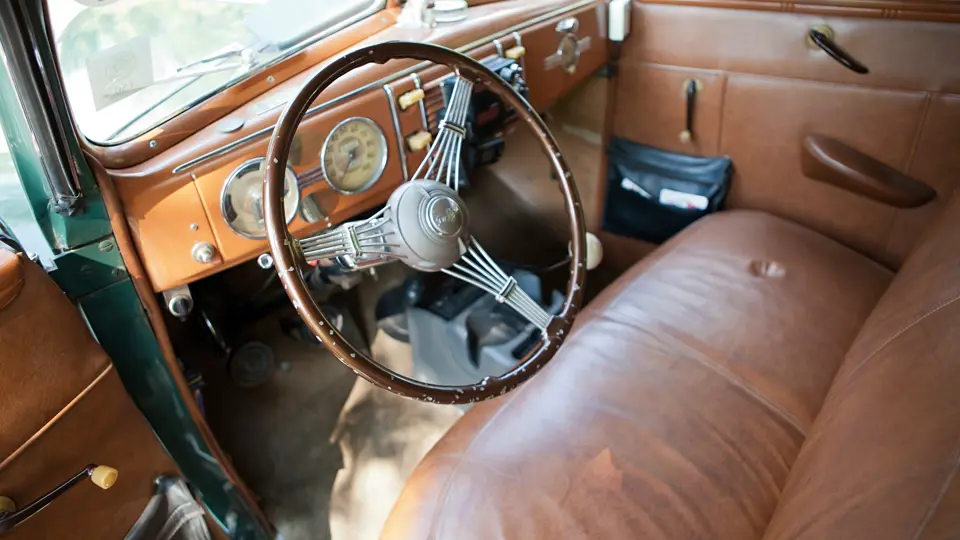

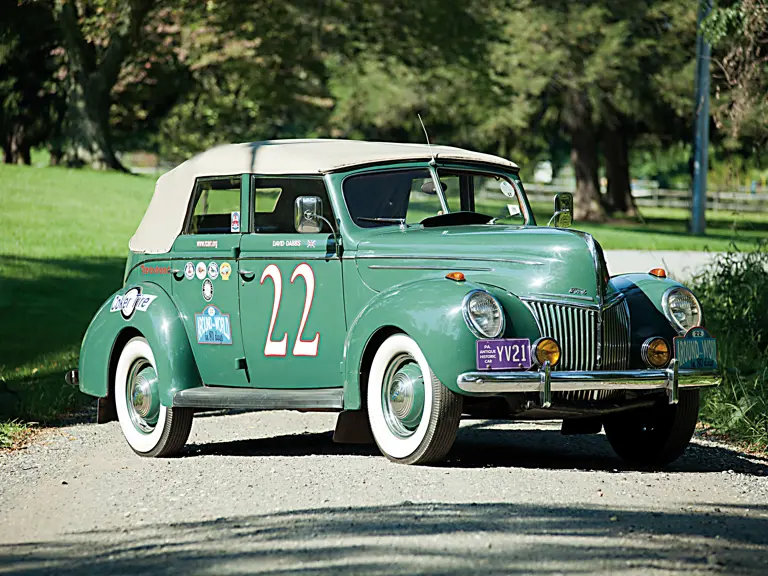
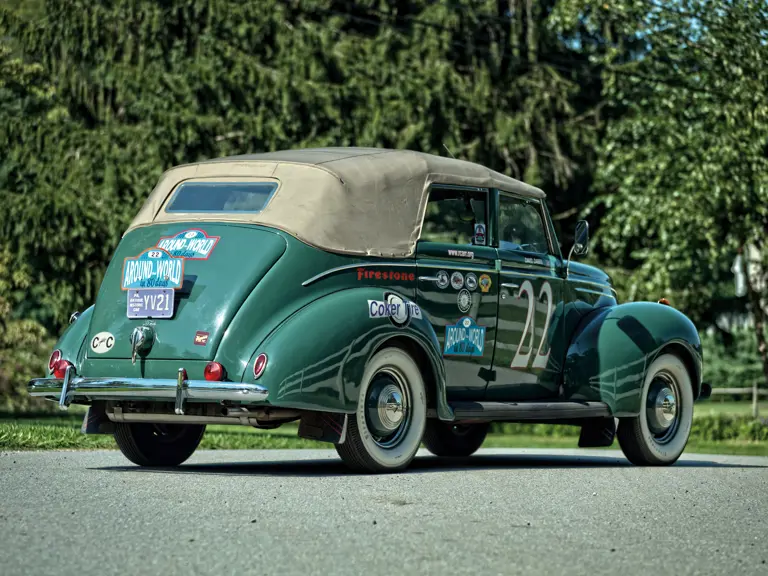
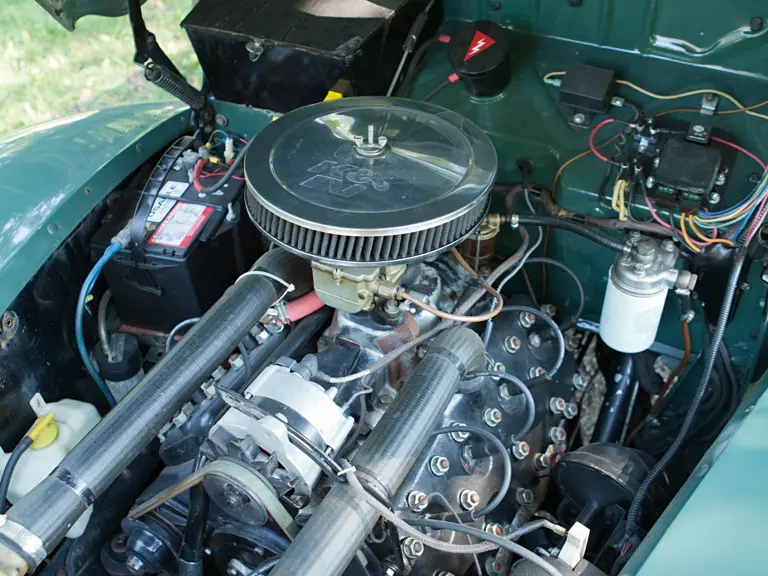
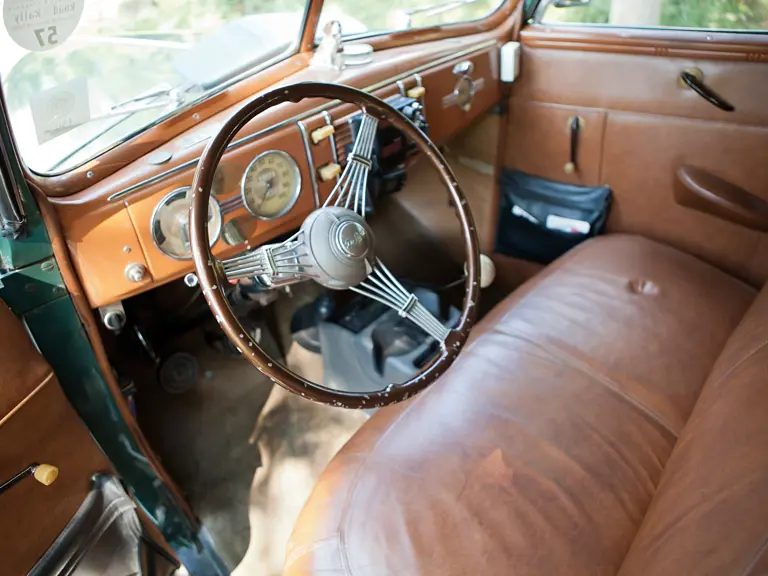
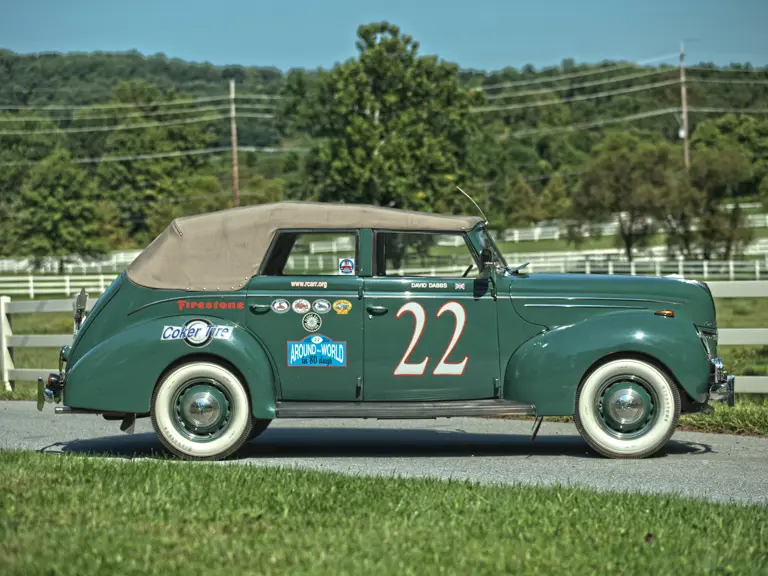
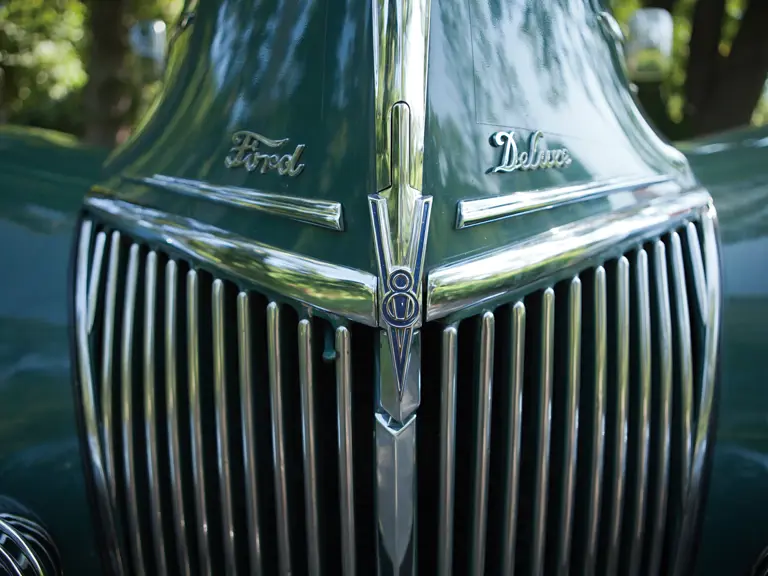
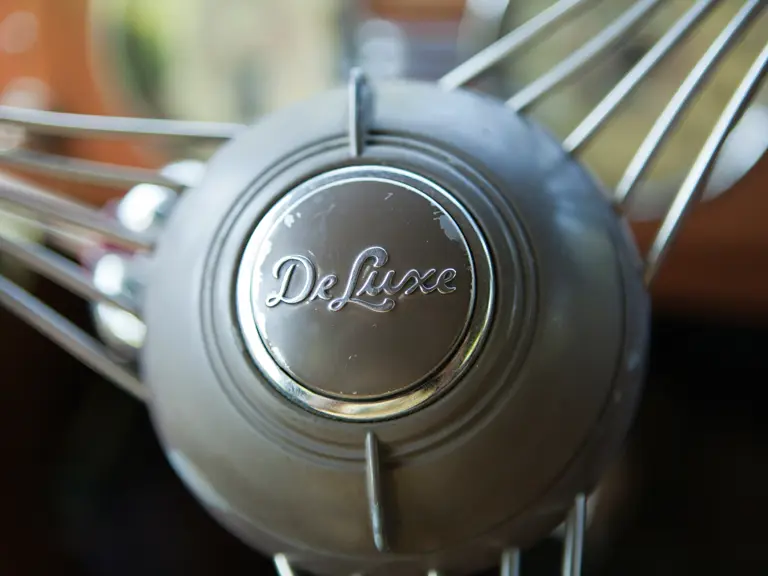
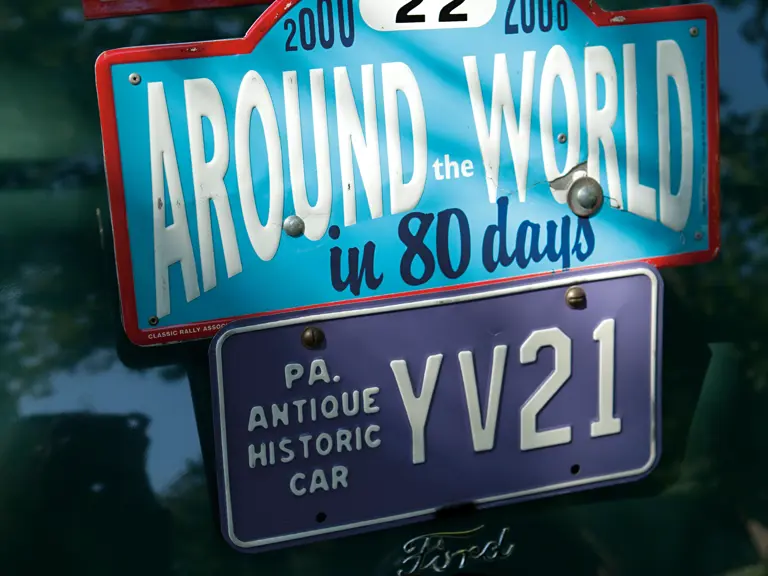
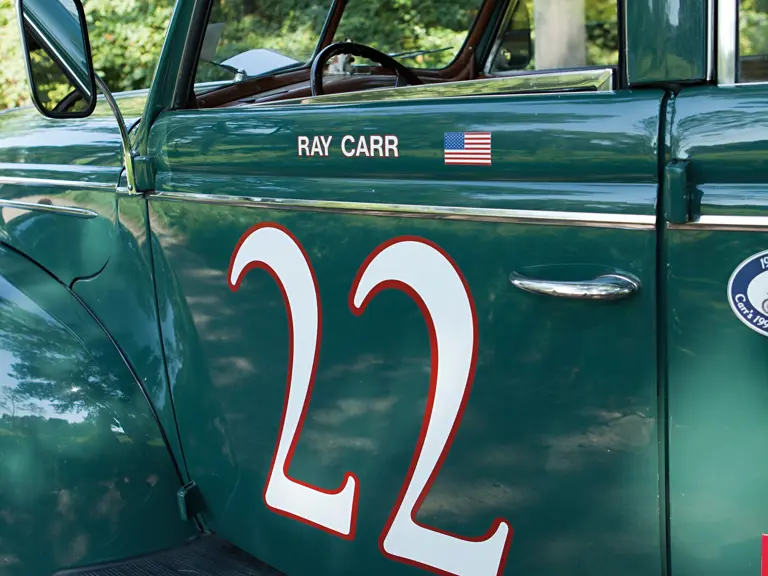
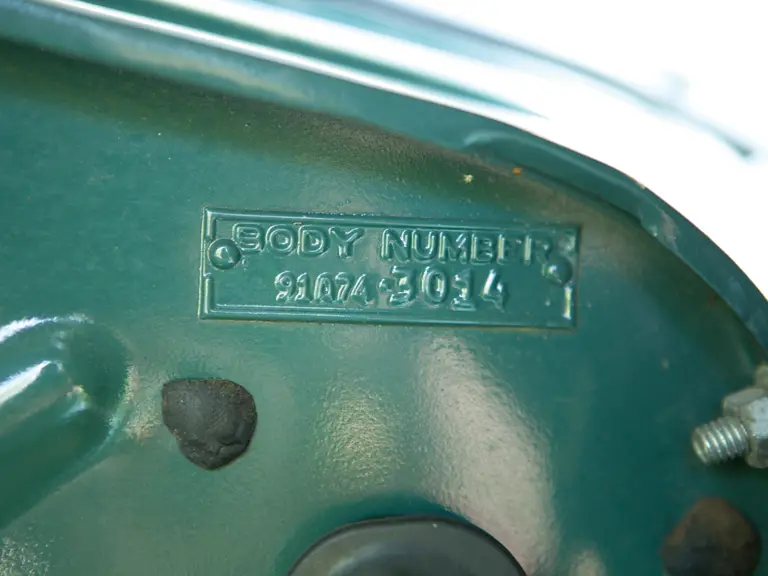
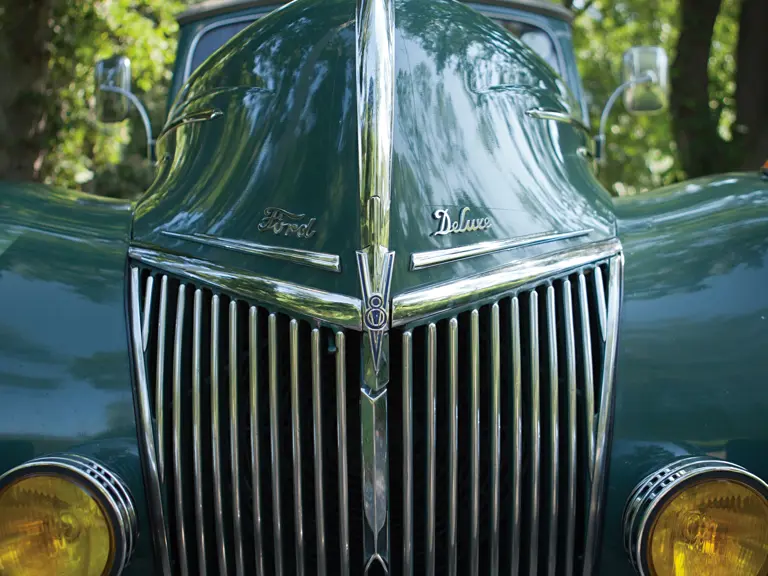
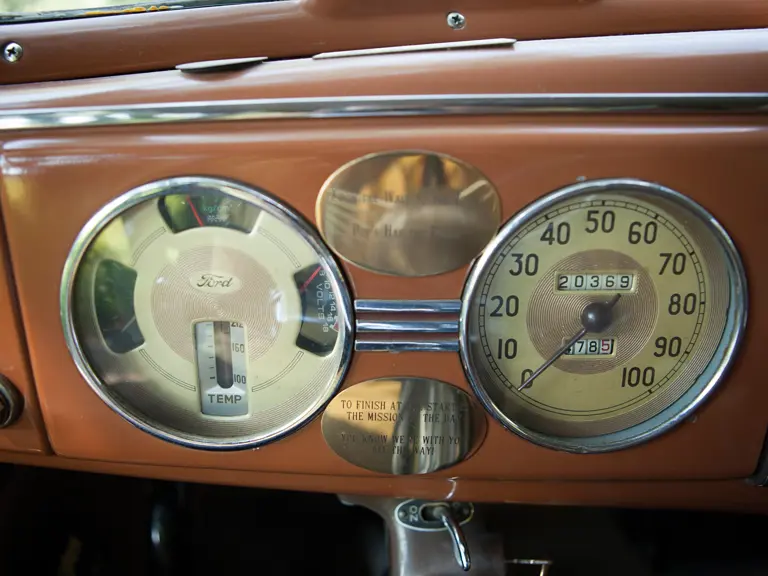
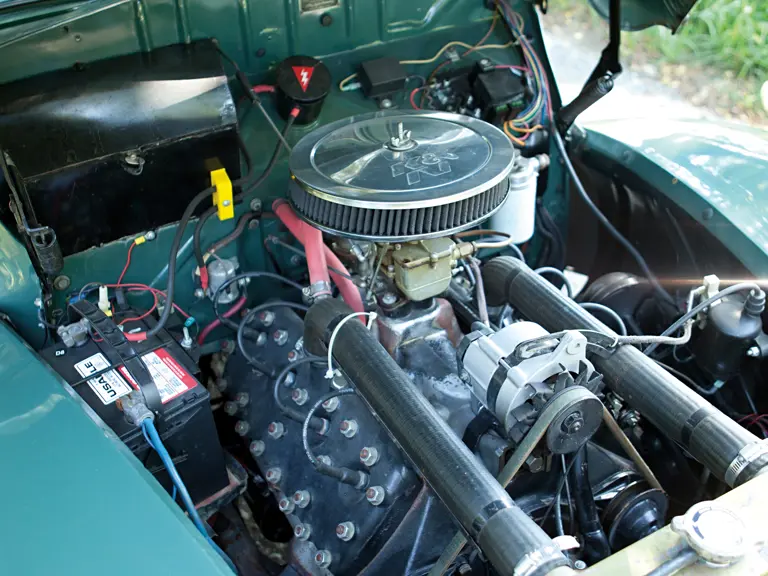
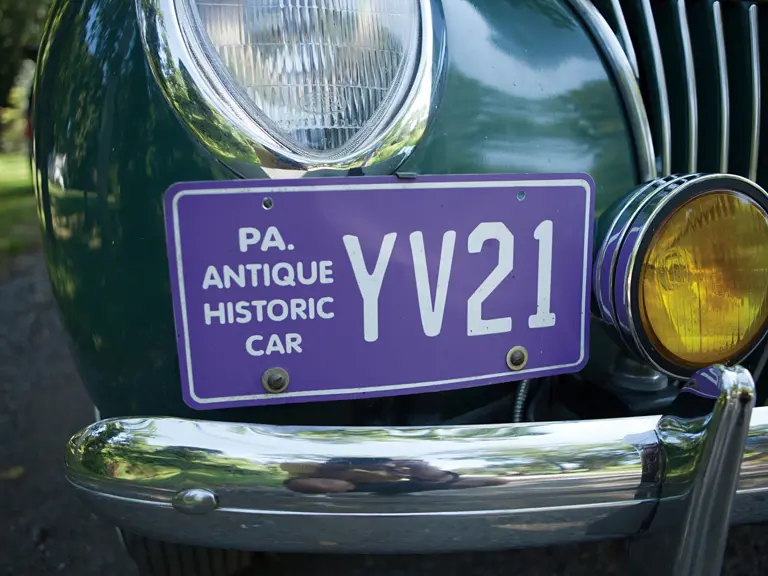
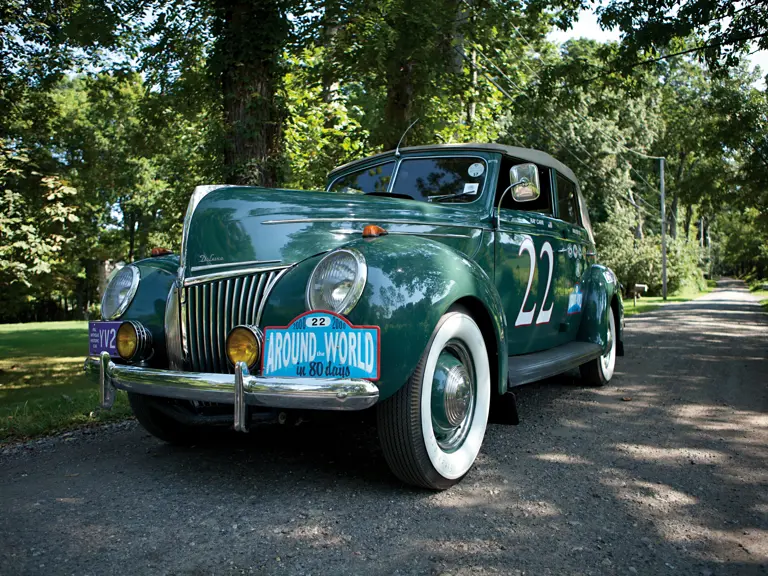
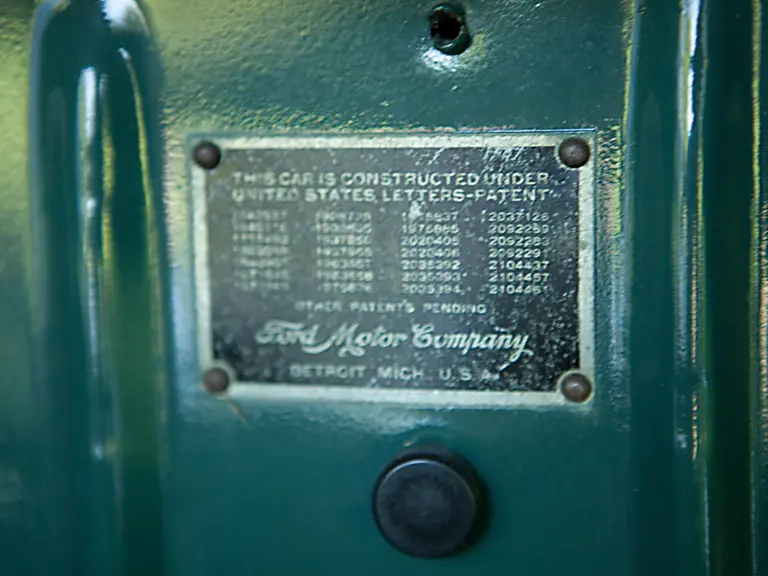
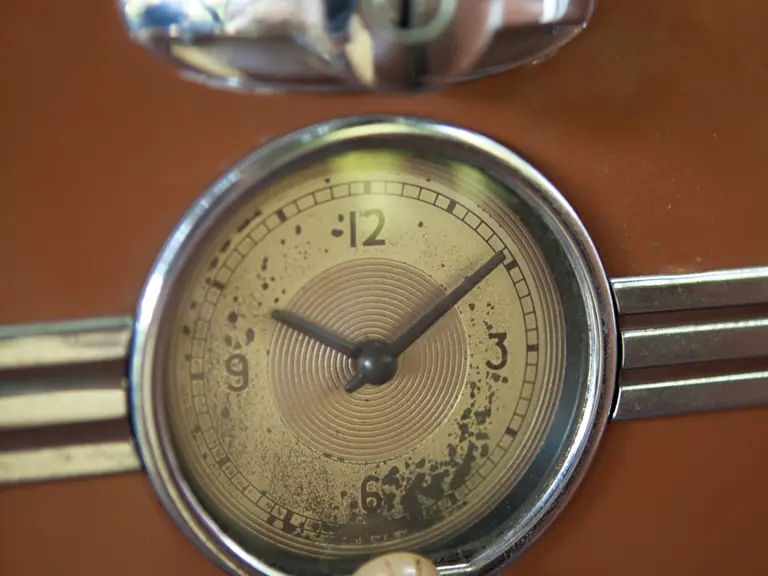
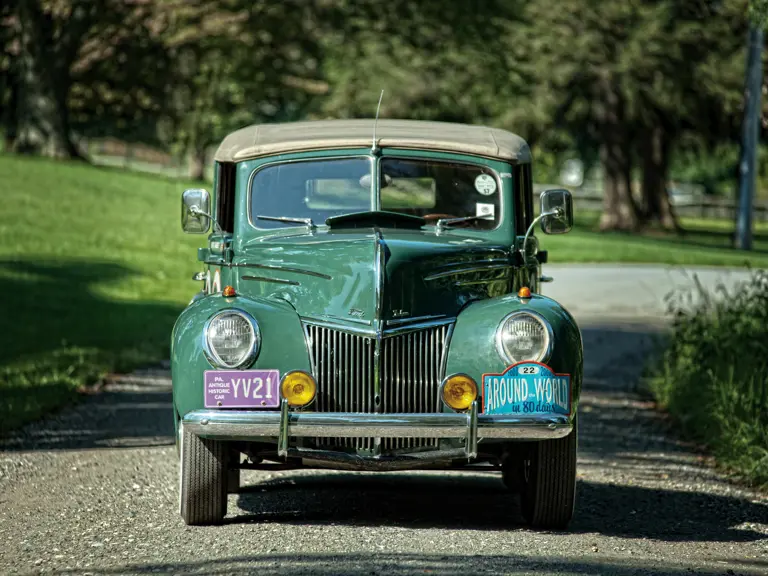
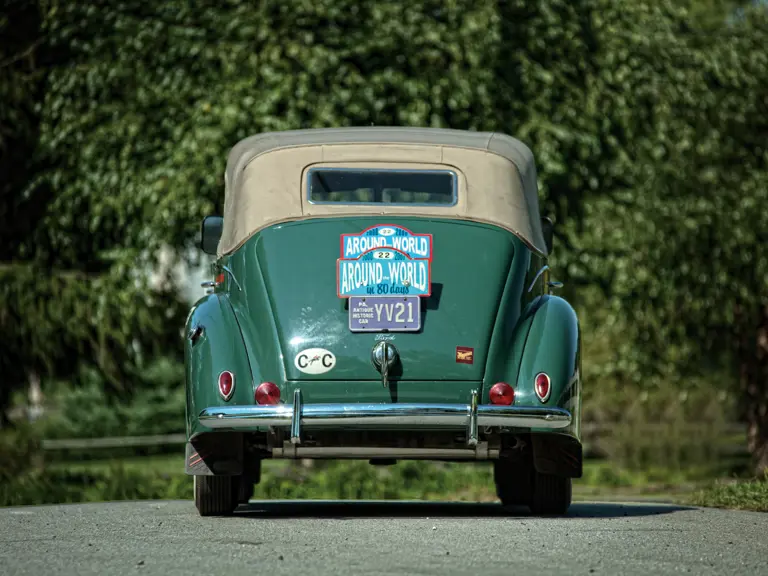
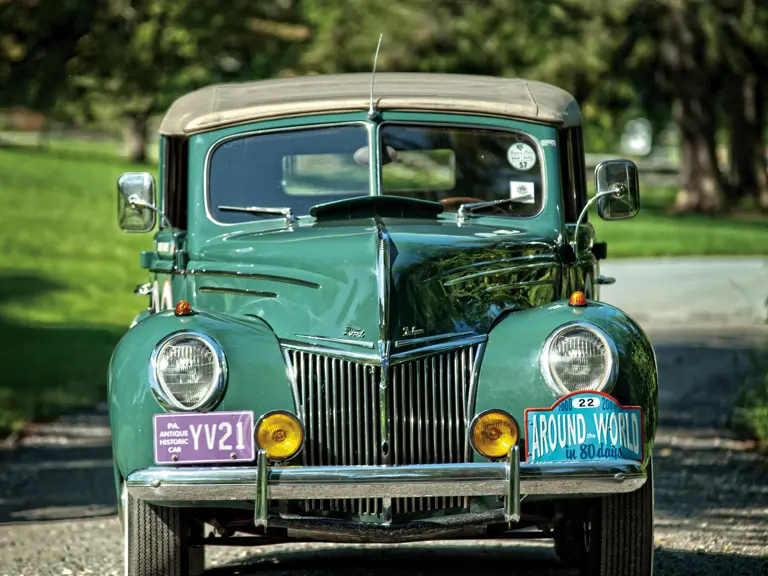
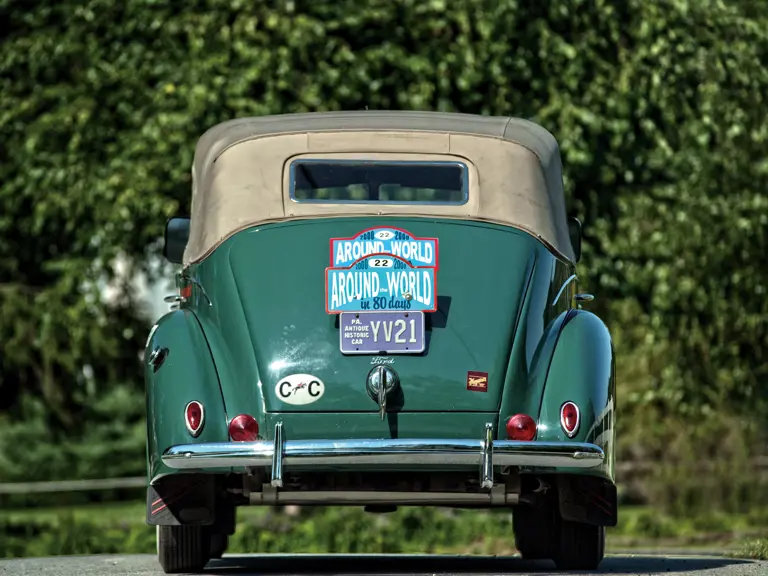
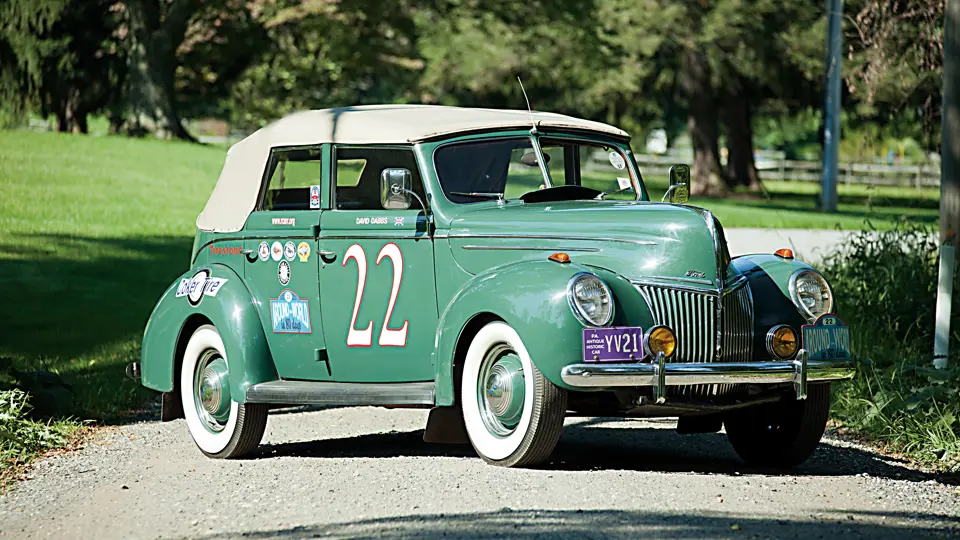
 | Hershey, Pennsylvania
| Hershey, Pennsylvania
